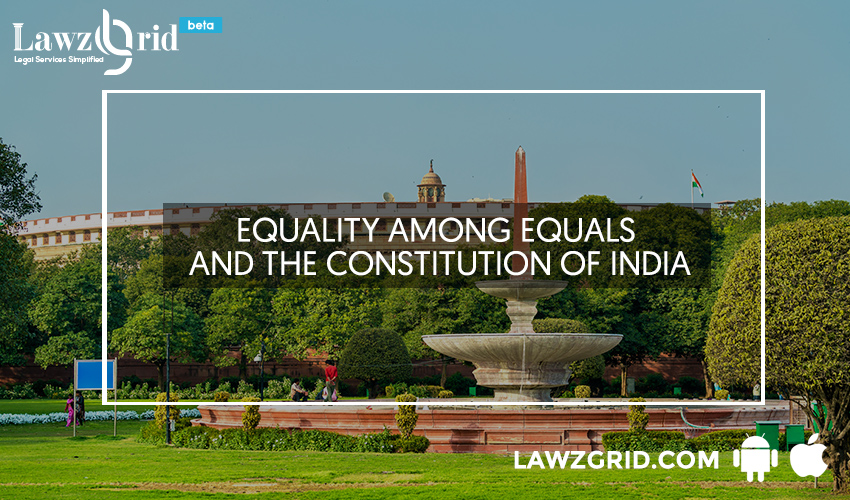Corporate governance in layman’s language may be defined as a system by which an organisation is controlled administered and directed. Corporate governance has a very wide meaning and the top advocates in India are of the opinion that it includes within its ambit the relationship of the board of directors, shareholders and even other stakeholders involved. Corporate governance helps in abiding by the laws in force and prevents the violation of laws during the course of business towards which otherwise no attention is paid which causes huge losses at an advanced stage of business.

Famous Supreme Court lawyers often advise their clients that corporate governance must not be limited to public companies as small businesses can also benefit from this practice. As corporate governance comprises of rules and regulations which direct the role and functioning of the key people and not just the process which helps in creating better management. But it is important to note that the approach of corporate governance varies globally as well as from company to company depending on the nature, risk, size of the operation.
Best lawyers in India are of a firm belief that the core values of corporate governance framework are:
- Fairness
- Transparency and
- Responsibility
Corporate governance ensures that the rights of the shareholders are protected and all shareholders are treated equally and at the same time it is ensured that material matters regarding the company are disclosed in due time.
Having understood corporate governance and its effects, the top 5 benefits of corporate governance may be summed up as:
- Positive behavior: By means of corporate governance, a system of checks and balances is maintained as rules and policies are made which demarcate the role and function of each of the key person in the company. This helps in the development of the business and by specifically laying down the role of each of the member future failures while setting organisations cultural expectations are prevented.
- Reputation: The system of corporate governances helps in boosting the reputation of a company. Corporate governance once publicized would attract more stakeholders as the details of the working would be provided by means of publication of the policies. Sharing of internal information among the stakeholders in an important aspect of corporate governance this also helps in creating transparency.
- Enhances trust and reduces bad behavior: Various rules and policies are formulated under the system of corporate governance which defines the role of each of the member of the company. Demarcating the role and functioning of every key member reduces the chances of conflict between the members and as a result reduces bad behavior. As mentioned above corporate governance enhances transparency by ensuring that the stakeholders are informed about the matters in due time builds up trust between the members and helps in the development of the business and the company at large.
- Internal control: Corporate governance helps in ensuring that adequate and effective control is maintained which reduces the risk of corruption and mismanagement. Which in the long run protects the company from unnecessary lawsuits and fines which drain the resources of a company.
- Capital costs: implementation of good governance practices has helped various business establishments in reducing the cost of the capital for their company. As mentioned earlier corporate governances brings stability and reliability in a company which helps the company in borrowing funds at a much lower rate as compared to the companies that have poor or weak governance which helps in reducing the cost of the capital.
However, one must always be receptive to changes as good governances demands changes with the developments made in the business to maintain the development.







